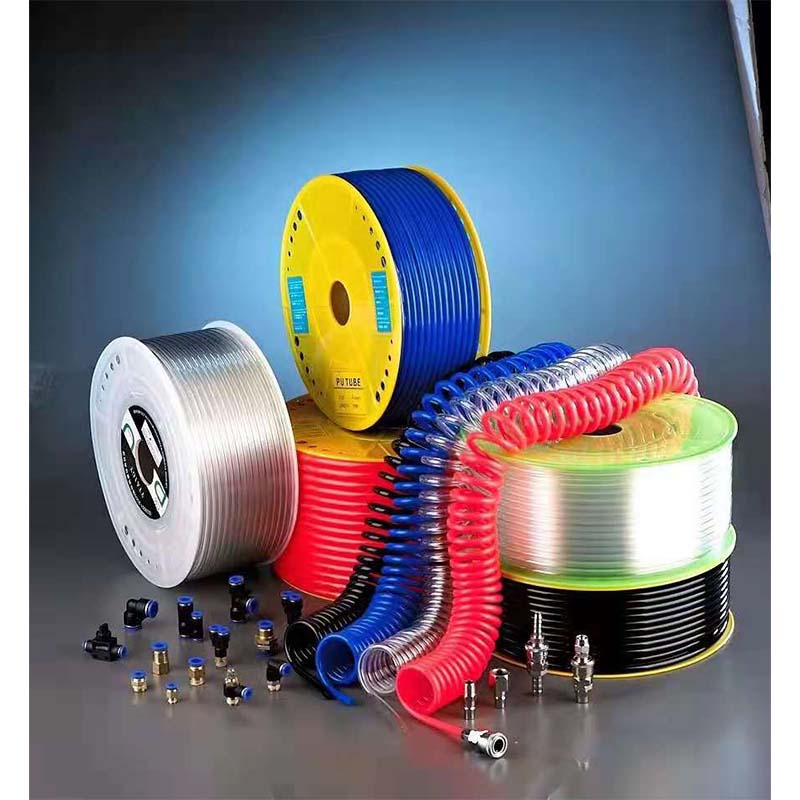Versatile Uses of Transparent PVC for Various Applications and Industries
The Versatility and Benefits of Transparent PVC
Transparent PVC, or polyvinyl chloride, is a highly versatile synthetic plastic polymer that has gained immense popularity across various industries thanks to its unique characteristics and advantages. Whether used in construction, fashion, packaging, or healthcare, transparent PVC offers solutions that blend style, functionality, and durability.
1
. What is Transparent PVC?Transparent PVC is a type of PVC that allows for visibility through the material. It is produced through a polymerization process where the PVC resin is mixed with additives that enhance its clarity and flexibility. This material can range from rigid to flexible forms, making it adaptable for numerous applications. The ability to maintain transparency while being sturdy makes it an excellent choice for diverse manufacturing needs.
2. Applications of Transparent PVC
One of the most prevalent applications of transparent PVC is in the packaging industry. Businesses utilize it for creating packaging materials that not only protect products but also allow consumers to view the items inside. This feature is particularly beneficial in the food and retail sectors, where product visibility can influence purchasing decisions. Transparent PVC packaging is often used for food containers, blister packs, and cling films.
The construction industry also benefits significantly from transparent PVC. It is often used in windows, doors, and roofing materials due to its ability to withstand weather elements while allowing natural light to filter through. Its lightweight nature contributes to energy efficiency, as buildings built with transparent PVC materials require less energy for cooling and lighting.
In the fashion industry, transparent PVC has made a remarkable comeback, especially in accessories and footwear. Designers employ it to create trendy raincoats, bags, and shoes that not only look chic but also offer practicality. The waterproof characteristic of transparent PVC ensures that fashion items remain functional under various weather conditions.
transparent pvc

Furthermore, transparent PVC plays a critical role in the medical sector. It is often used to produce medical bags, tubing, and other devices that require sterile and flexible materials. The ability to see the contents without opening the packaging is particularly important in medical applications where contamination risk must be minimized.
3. Environmental Considerations
While transparent PVC has numerous benefits, it is crucial to address the environmental impact associated with its production and disposal. PVC is derived from fossil fuels, and its manufacturing process can release harmful substances. However, advancements in PVC technology have led to more eco-friendly production methods and the development of recycled PVC products.
The recycling of transparent PVC is becoming increasingly feasible, with several initiatives aimed at reducing plastic waste. Many manufacturers now offer recycled PVC options, which help mitigate the environmental cost of new PVC production. Additionally, the durability and longevity of transparent PVC products mean they may not need to be replaced as frequently, reducing overall waste.
4. Conclusion
Transparent PVC's unique characteristics make it an invaluable material across various sectors. Its combination of transparency, flexibility, and durability caters to the demands of modern manufacturing, providing innovative solutions while maintaining style and practicality. As industries continue to evolve towards more sustainable practices, the approach to building, utilizing, and recycling PVC materials will likely see significant advancements.
In conclusion, transparent PVC stands as a testament to the intersection of innovation and usability, proving that functional materials can also enhance aesthetic value. As we move towards a more sustainable future, finding ways to optimize the use of transparent PVC will be essential in minimizing environmental impacts while reaping its numerous benefits.
-
Welded Wire Mesh Panel: Durable, Versatile, and AffordableNewsJul.28,2025
-
Top Quality Oxy Acetylene Hoses for Sale Fit for Welding DemandsNewsJul.28,2025
-
The Future of Pneumatic Air Tubes in IndustryNewsJul.28,2025
-
Superior and Reliable LPG Hose Pipe Solutions for Every NeedNewsJul.28,2025
-
Exceptionally Durable and Versatile Premium Braided PVC TubingNewsJul.28,2025
-
Best Adapters for Connecting Garden Hose to PVC Pipe ConnectionsNewsJul.28,2025














